10 Need-to-Know Lard Substitutes
When you buy through our links, The Breslin may earn an affiliate commission. Learn more
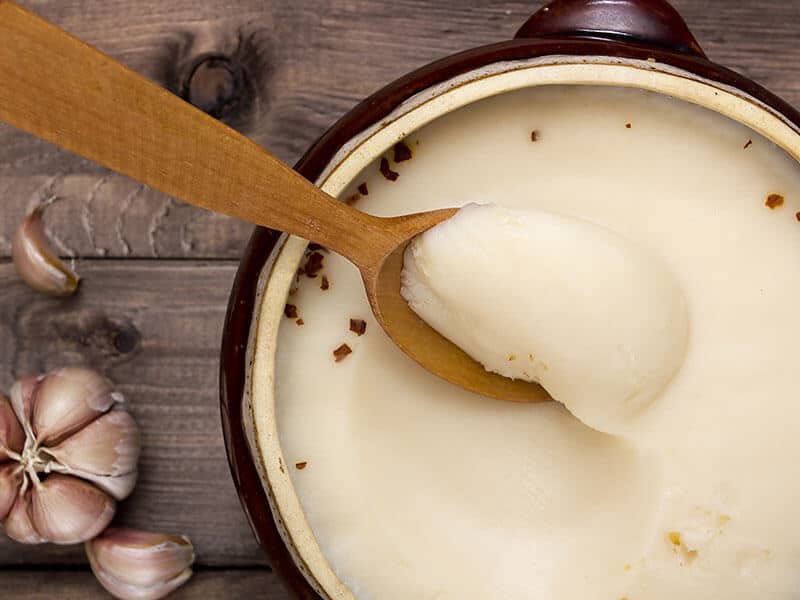
Lard substitutes? Despite continuous changes, nowadays, lard still plays an important role in the kitchen of many home cooks. But I know some of you, who may not come from a country where lard is popularly consumed, are struggling with finding a suitable alternative.
Don’t worry. As the culinary world keeps improving, many inventions are also introduced. It is easy to find substitutes for lard. Today, I will reveal to you some of the most brilliant and healthy replacements to keep the cooking process smooth without lard.
So, what are you waiting for here? Let’s jump into this post and discover these available options!
Lard – One Of The Most Classic Cooking Ingredients
Although still used, many of you may be new to this ingredient due to the arrival of many new inventions in the culinary world. To get more information about this classic cooking ingredient, scroll down and discover now!
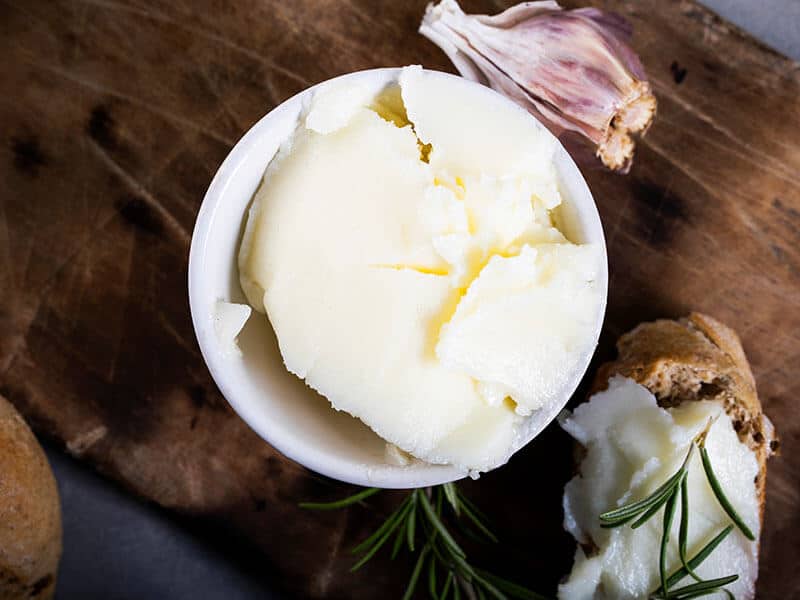
1. What Is Lard?
Literally, lard is the fat of the pig. It is one of the essential cooking ingredients highly used in many countries, especially the cuisines that take pigs as their main source of meat. Lard is made from any fatty part of the pig, which can be belly, butt, or shoulder.
To achieve the final product, pig fat needs to be experienced in the rendering process, resulting in a solid or semi-solid white fat block. There are two methods for rendering fat pig, including wet rendering and dry rendering.
Wet rendering occurs when pig fat is processed by boiling in water or steaming at a high temperature; whereas dry rendering is done by dry-heating pig fat in a pan or oven slowly without any addition until the fat is melted. (1)
People nowadays usually raise their concerns about the health problems of using this ingredient in cooking. Yes. Industrially produced lard can contain a significant amount of trans fat and saturated fatty acid, two leading causes of many diseases.
Pure lard, or homemade lard, on the other hand, is not as bad as they thought. Pure lard only contains fat and no trans fat content.
But after all, no matter whether you use pure lard or industrially produced lard, it is undeniable that both of them can add more flavors to your dishes.
2. What Does Lard Taste Like?
Lard has a creamy, tender, and butter-like texture. It can be made into solid or semi-solid form.
When it comes to flavor, there are many controversial ideas because of the fact that lard flavor depends much on the body fat where it originates, the processing methods, and the recipes it is added to.
Some people say that lard flavor is very clean, rich, and sometimes almost neutral or tasteless. The others believed that lard has a lightly sweet, buttery, and delicate flavor. Moreover, it is found to have a hint of caramelized and porky taste too.
3. Amazing Applications Using Lard
In this part, I will both tell you about the culinary uses and non-culinary uses of lard. Yes. You don’t hear it wrong. Lard also shows its face up in many applications.
Diverse Applications Of Lard In The Culinary World
Lard is known popularly in the culinary world with various uses. And one of the most classic uses of lard is being used as a cooking oil. You can have flavorful omelets, vegetables, and chicken by putting all of them into the hot melting lard.
Moreover, lard can be used in baking and roasting. It is favored by many bakers as a necessary factor that helps to create high-quality pie crusts and add an umami flavor to sweet desserts such as cookies.
Lard is also applied to roasted turkey to create a shiny and appetizing look.
Not only that, but lard also participates in marinating. It is added into meat for tenderizing purposes, making a juicier meat plate. Another typical treat of this ingredient in European cuisine is that lard can be accompanied with bread as a savory spread or dip.
Beyond The Cooking Segment: Other Uses Of Lard
“What? What else can you do with lard besides cooking?”
It seems unbelievable that excluding culinary applications, lard can also be used in many other tasks. For instance, lard is a part of bathing soap since it is an outstanding moisturizer.
In folk medicine, lard is treated as an effective remedy for easing the burning sensation and inflamed areas. Furthermore, in the industrial fermentation processes, lard is considered an anti-foaming agent too.
And well, although it is not popular now, lard is also used as a balm, which helps to protect your skin from chapping and cracking.
So, have you known how to render lard yourself?
Equivalent Ratios Of Lard And Its 10 Alternatives
You have already referred to the conversion table I put above, right? But… wait! Don’t hurry. This part is the most important one. Read this information below thoroughly to get more insights about the flavors and uses of these 10 lard substitutes.
| Substitutes | Ratio (Lard/Substitutes) |
| Olive Oil | 1 cup of lard = 1 cup of olive oil |
| Coconut Oil | 1 cup of lard = 1 cup of olive oil |
| Vegetable Oil | 1 cup lard = ⅞-1 cup vegetable oil |
| Beef Tallow | 1 cup of lard = 1 cup of olive oil |
| Butter | 1 cup of lard = 1+ ¼ cups of butter |
| Vegetable Shortening | 1 cup of lard = 1 cup of vegetable shortening |
| Mashed Bananas | 1 cup of lard = ½ cup of mashed bananas |
| Avocado | 1 cup of lard = ½ cup of avocado |
| Ghee | 1 cup of lard = 1 cup of ghee |
| Margarine | 1 cup of lard = 1+¼ cup of margarine |
10 Lard Substitutes – The Smartest Picks For You
You have already referred to the conversion table I put above, right? But… wait! Don’t hurry. This part is the most important one. Read thoroughly this information below to get more insights about the flavors and uses of these 10 lard substitutes.
1. Olive Oil
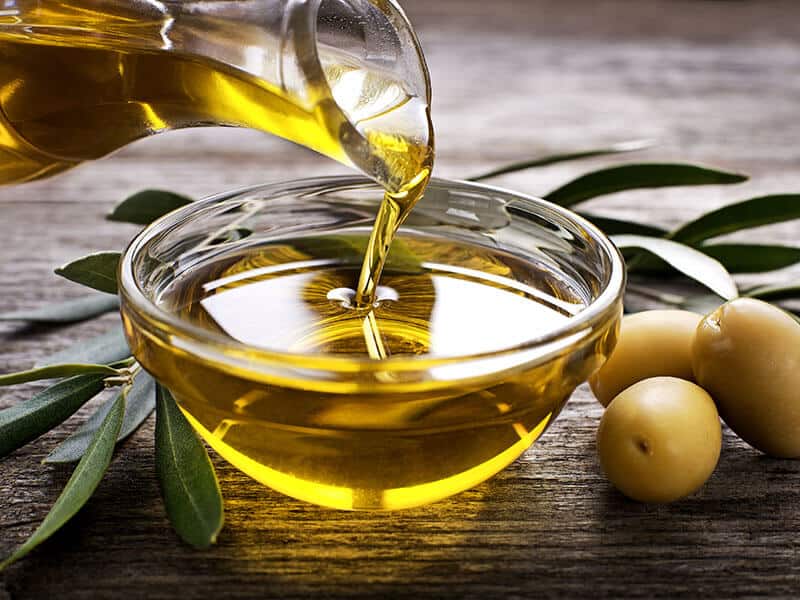
Olive oil is considered one of the healthiest oils in the world. It contains antioxidants and monounsaturated fats, which are good for your heart. Besides, it is also suitable to add to your diet as a good choice in weight loss due to the low calories.
Though this oil doesn’t belong to your bread as a spread, you still can use it in baking, sautéing, cooking beans, and meats. It’s also available for frying. But it’s recommended that olive oil shouldn’t be used in deep-frying since it has a low smoking point.
Olive oil is an easy-to-find replacement because it is almost available at every supermarket, market, or grocery store in your place. When deciding to use olive oil, you will need to accept a mild olive flavor with a very slight bitter undertone.
The most decent ratio for this replacement is 1:1. More exactly, with 1 cup of lard, replace 1 cup of olive oil.
Note: Extra virgin olive oil can’t stand high temperatures. Therefore, it will be better to use it as a salad dressing.
What are you waiting for? Make a delicious dip with olive oil!
2. Coconut Oil
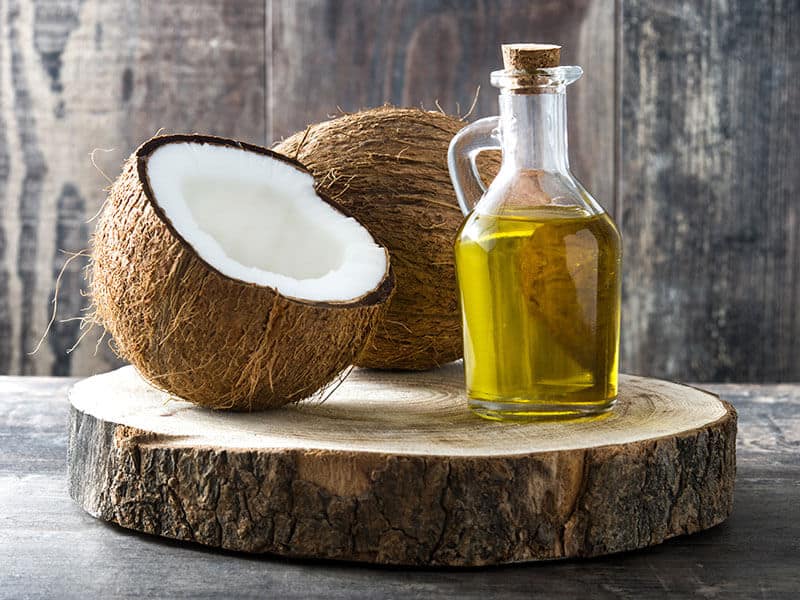
If you like coconut, give coconut oil a try! Made from the flesh of coconut fruit, coconut oil offers you a sweet smell and slight coconut flavor. Similar to lard, thanks to its high smoke point property, coconut oil goes well in grilling, baking, pan-frying, and high heat frying.
Besides, it is best used in sweet desserts like cookies, cakes, and popcorn. Coconut oil is a vegan-friendly replacement too. Nonetheless, the only disadvantage of coconut oil is its calories. A large amount of calories may make you gain weight.
Again, make sure you can handle the coconut taste this substitute brings up. And consider carefully to use it in the right dishes. For a good start, use the same ratio as when you use lard (1 cup of coconut oil will equal 1 cup of lard.)
3. Vegetable Oil
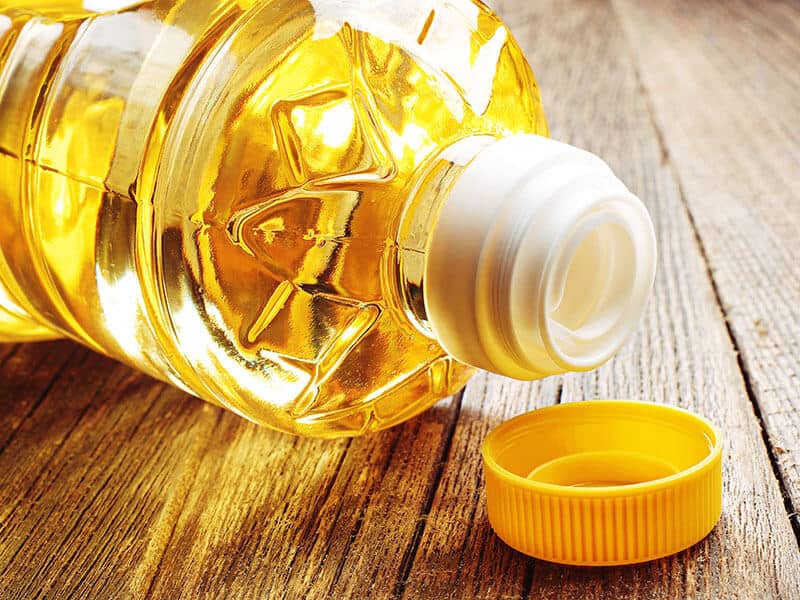
On busy days filled with a heavy workload, I usually grab a bottle of vegetable oil and simply use it as a temporary substitute for lard. Vegetable oil, as its name suggests, is the oil derived from various kinds of vegetable seeds.
Vegetable oil has a neutral flavor and a high smoke point too. As a result, it is understandable that people almost use it as “all-purpose” oil. Despite lacking the distinctive porky flavor of lard, vegetable oil is applicable in a wide range of delicacies.
You can use it in sauteing, frying, grilling, and even baking too. Nevertheless, keep in mind that when used in baking, vegetable oil will not bring you the same effect as lard. In other words, cookies or tortillas made with it will be denser and less tender.
You may need to add some water to achieve an expected texture. Also, don’t forget to chill your dough before baking since your cookies will be spread out more on the baking sheet. Plus, the shortcoming of this alternative is the high concentrations of chemicals.
Note: As for the ratio, replace 1 cup of lard with ⅞-1 cup of vegetable oil.
4. Beef Tallow
If you are asking for the most similar substitute for lard, beef tallow certainly will take the throne. Except originating from beef, beef tallow can almost mimic exactly the flavor of lard. It gives off a rich, meaty, and savory taste that is the best pick for fried and grilled recipes.
For those on a Halal or a Kosher diet but still want a meat-rooted alternative, beef tallow can absolutely meet your needs. In contrast, for those who are looking for a low-calorie replacement, beef tallow does not belong to you.
You also shouldn’t expect to add it to your diet, because just like lard, beef tallow is high in calories too. How about vegan and vegetarian diets? Well, I’m sorry to say that this is a meat-rooted ingredient.
For the most lard-like flavor, you can consider the 1:1 portion. In particular, 1 cup of lard should be alternated with 1 cup of beef tallow.
Discover many other uses of beef tallow right now!
5. Butter
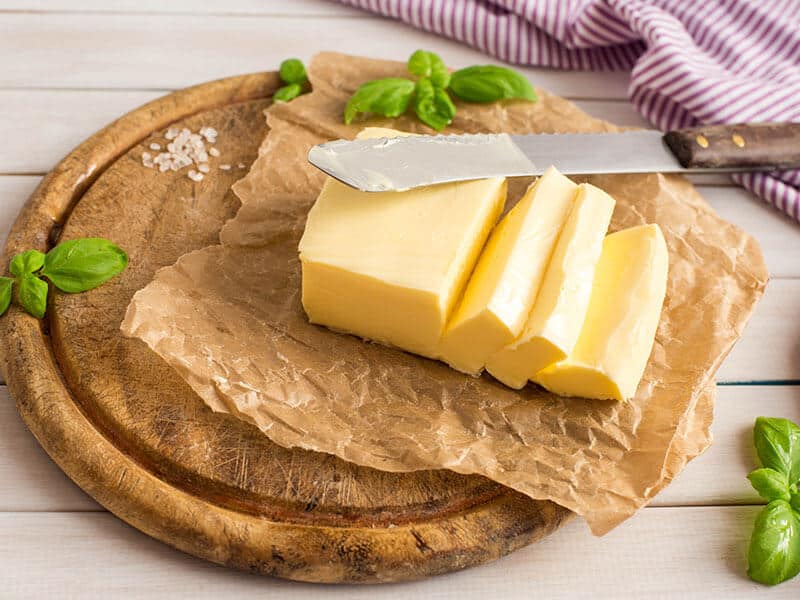
I guess many of you have this replacement on hand. And so do I. Butter is my most favorite pick since not only is it versatile, but it also can bring up a similar taste as lard. Made from cow milk, butter shares the same creamy and semi-solid texture at room temperature.
Besides the rich and sweet flavor, butter also is a high fat-contained product. But even though with the ones labeled as 100% butter, the fat content in butter is still lower than in lard. For this reason, it is necessary to increase the amount of this substitute in your recipes.
When using, take 1 and ¼ cups of butter to alternate for 1 cup of lard. Remember: butter should not be applied in stir-fried and fried recipes since it has a low smoke point. To be more specific, your stir-fried or fried dishes will easily be burned if cooked with butter.
So, what is its best bet? Use it in baked (pie crusts, tamale dough, tortillas, etc.) or your roasted (poultry) and grilled recipes. Moreover, spreading it on your toast and sandwiches is a good treat too.
Note: Choose the unsalted varieties of butter in case you are on a weight-loss diet.
6. Vegetable Shortening
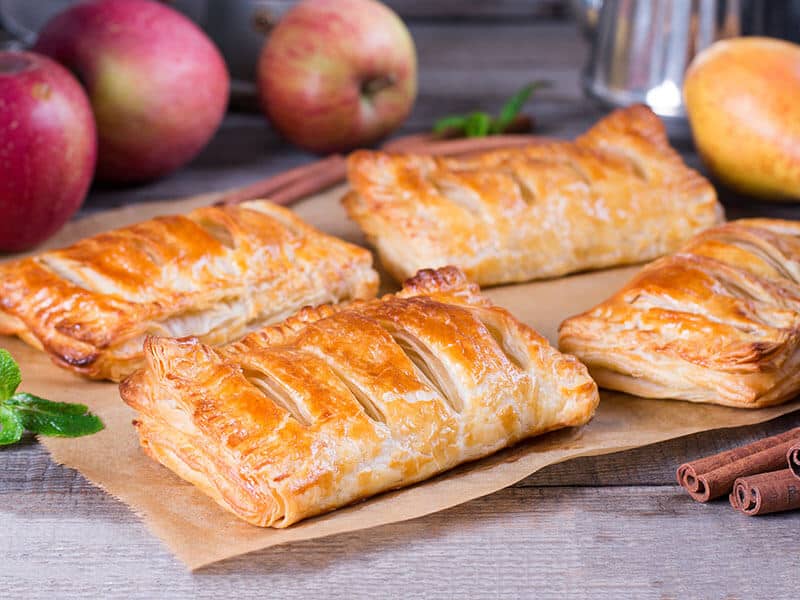
For those who have zero knowledge of this substitute, vegetable shortening is made of vegetables, soybeans, and palm oil in a solid form. It gained popularity and was popularly used as a lard alternative in the 1950s as health concerns over lard grew.
A special privilege when using vegetable shortening lies in its fat content. To put it in other words, it holds more fat content than butter and is almost the same as lard, which makes it an ideal replacement for lard.
Not only that, vegetable shortening has a high smoke point. It is appropriate for both fried and stir-fried recipes – a thing that butter cannot offer you. It is also best used in many other applications, such as baking and making crumbly pastries.
Simply take 1 cup of vegetable shortening to replace 1 cup of lard. Plus, vegetable shortening is low in the water. Hence, you don’t need to worry about splattering. And obviously, it’s also vegan-friendly as well!
Note: Since vegetable shortening contains trans fat, you should be considered carefully if you have heart disease.
7. Mashed Banana
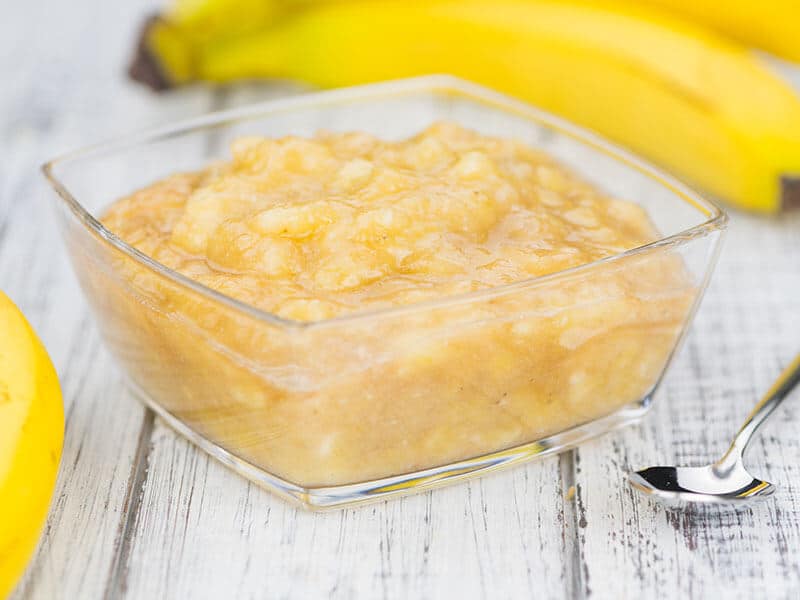
“What? Substitute lard with a kind of fruit?” That’s what I often get from many of my friends when I suggest they use bananas instead of lard. Well, it sounds like an unreasonable option, but it just goes so well with some baking recipes.
Whenever you are planning to make bread, cookies, muffins, and some other cakes, bananas are not a bad choice. They allow you to add a moisture texture without adding extra calories to your plate.
On the other hand, bananas also offer you more nutrients, including fiber, vitamins B6, vitamin C, and potassium (2) . Mash your banana thoroughly, then mix it with other ingredients. For each cup of lard you use, alternate with a half cup of mashed banana.
Always check the texture out to know whether it is right. Too dry? Add more than recommended volume. And one thing you need to notice when using this substitute is that it will not give you the savory flavor as lard does.
Note: Due to the extra sweetness from bananas, don’t forget to adjust the other ingredients to get a balanced flavor.
8. Avocado
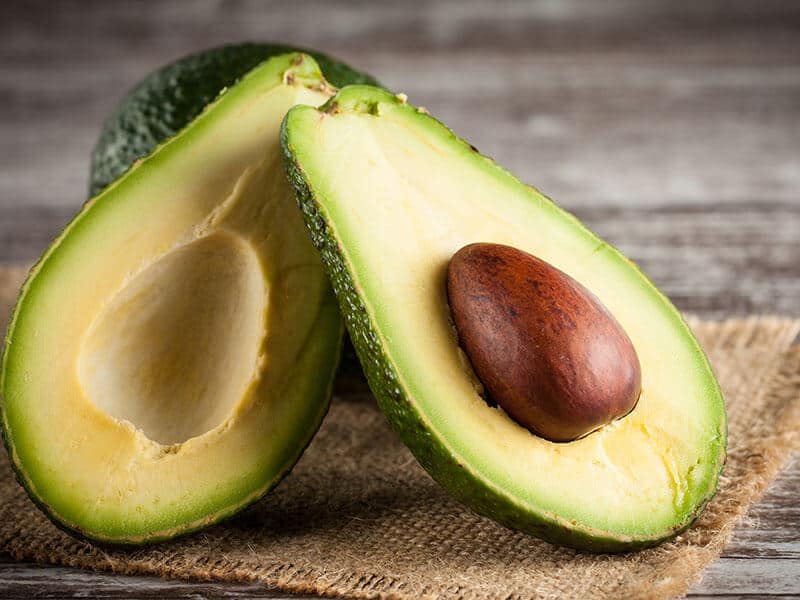
Similar to bananas, avocado also helps to contribute more moisture to your bread, muffins, and cookies recipes. Using avocado also can bring you a creamy texture and extra fat (the factor you can’t find in bananas).
According to research, avocado is loaded with monounsaturated fatty acids, which are good for your heart health. This fruit also helps to lower cholesterol, triglyceride levels, relieve symptoms of arthritis and have better eye health. (3)
However, the drawback of this replacement is its color. It may affect your dish’s general color. So, make sure you will not achieve the satisfying appearance as you have expected. The ratio? Well, exchange 1 cup of lard with ½ cup of avocado for the most precise taste.
Avocado brownies? It’s breathtakingly delicious!
9. Ghee
Ghee is known as a kind of clarified butter that is rooted in ancient India. Nowadays, it is still popularly used in Indian and other Middle Eastern countries. This alternative is a product made from butter by separating the water and milk solid portions from the fat content.
Ghee has a higher fat content and higher smoke point compared to butter. As a result, it is suitable for high heat cooking. You can use it in curries, rice, and sweet dishes.
No matter what recipes you use, ghee can give you a distinct roasted, nutty, slightly caramelized, and aromatic flavor. For every cup of lard, substitute with 1 cup of ghee.
10. Margarine
Along with butter, margarine also is a popular pick as a lard substitute. It is a kind of processed fat made to look the same as butter.
Typically, 80% margarine is vegetable oil. It appears in a smooth solid form with a yellow color. And thanks to some other added ingredients, margarine tastes very similar to butter.
You can use this substitute in baking, cooking, and flavoring your food. The best suggestions are doughnuts, cakes, cookies, and many kinds of pastries. Moreover, spreading margarine on your sandwiches or toasts is a good treat too.
However, I think margarine only should be one of the temporary options since it contains many trans-fats. Use it in recipes that don’t require too much lard, so you will not need to worry about health problems.
Note: Use 1 and ¼ cup of margarine to replace 1 cup of lard for having the expected taste.
FAQs
Nothing in my post is redundant. These frequently asked questions below may partly help to solve all of your remaining problems. Don’t hesitate to jump in and see the answers.
Lard Substitutes: Not Flavor Copies, But Flavor Enhancers
All above, there is one thing you need to keep in mind: the 10 substitutes I have introduced will not help you to copy exactly the flavor and texture of lard. They only help to increase the deliciousness of your food.
Because after all, all you need in a substitute is the way it regulates your food flavor profile. Therefore, as long as you figure out a “true” replacement, I believe you will definitely get mouth-watering delicacies without the presence of lard.
In these last words here, I hope you can enjoy this post today. Please let me know if you have been successful in your recipes using one of the alternates here. I would be very thankful for that.
References
- Lard – Wikipedia. En.wikipedia.org..
- Bananas, raw. FoodData Central Search Results.
- Kris Gunnars. 12 Proven Health Benefits of Avocado – Healthline.

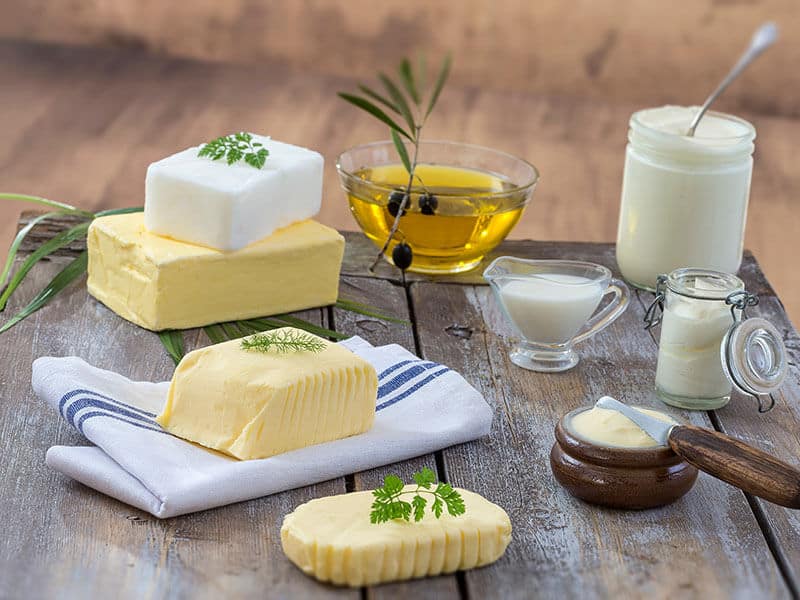
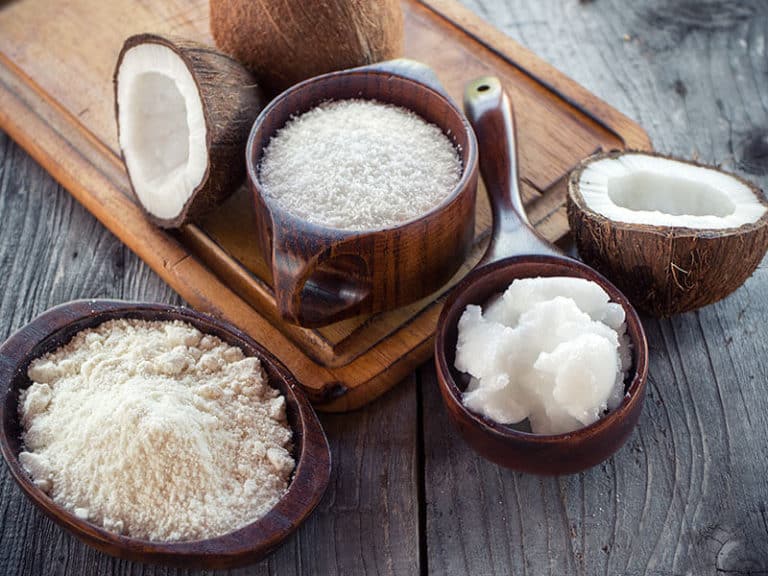
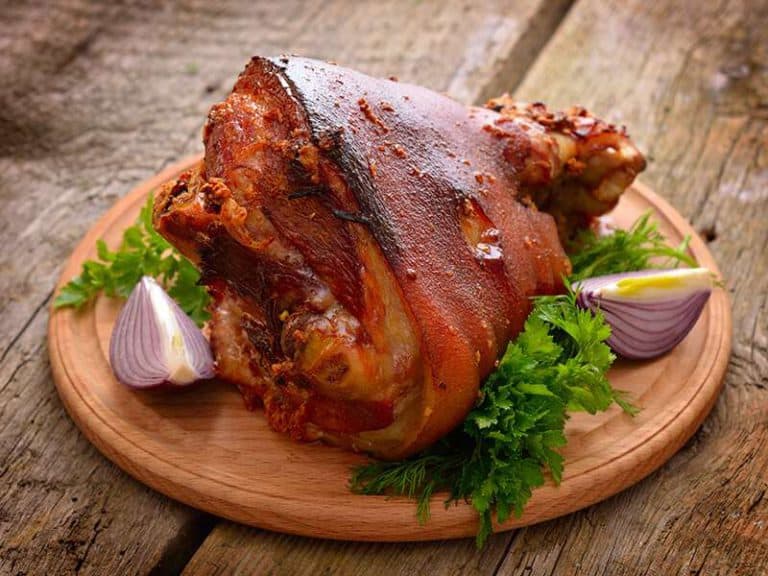
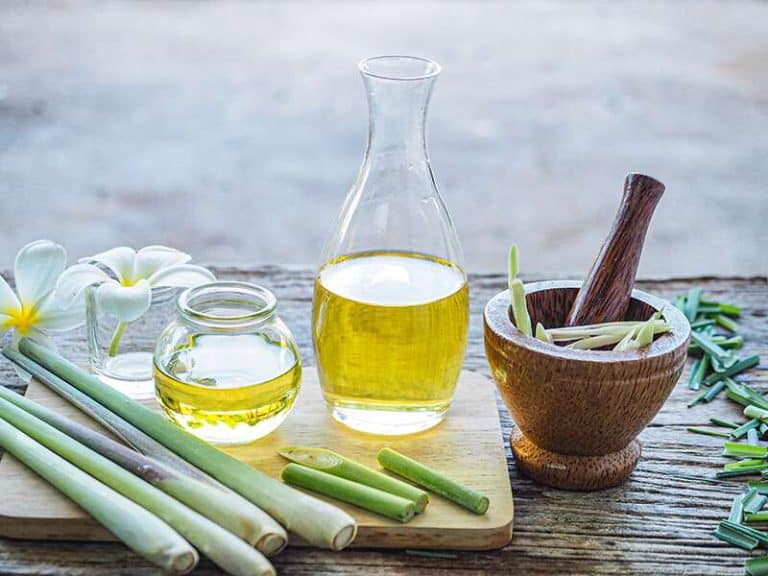
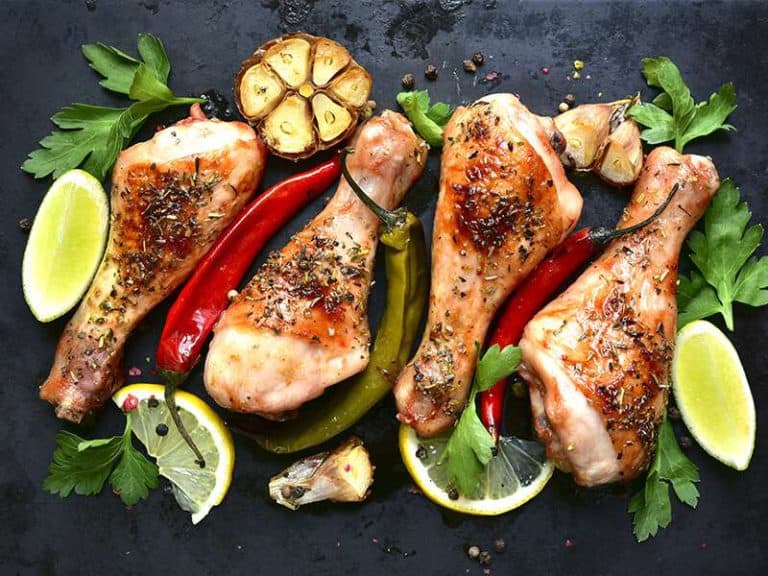
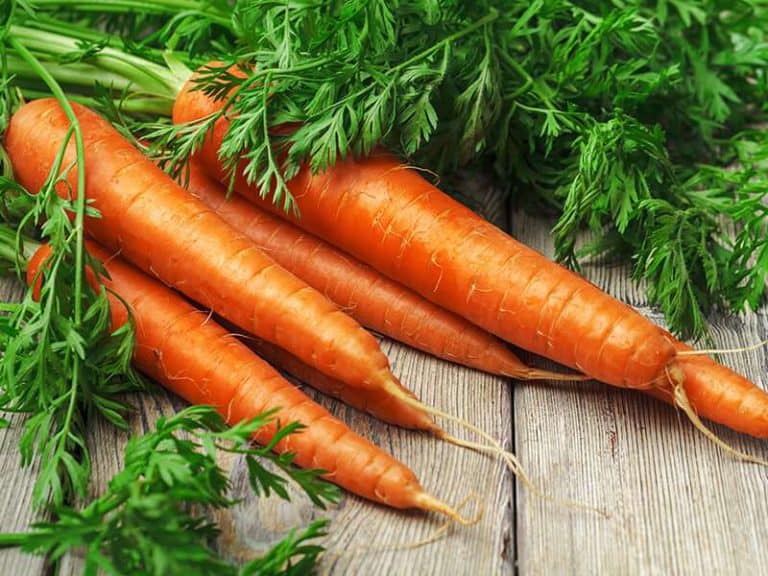
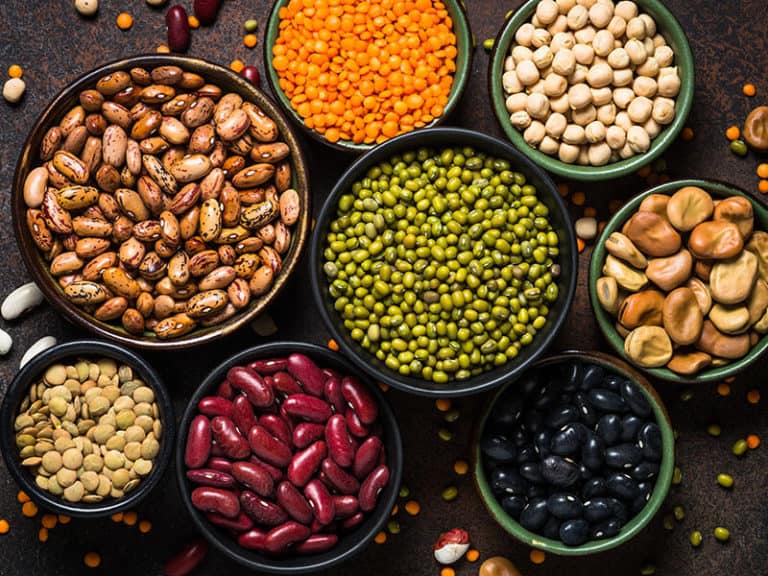
Amanda Collins
Founder and Senior Culinary Editor
Expertise
Culinary Arts and Management, Food Journalism and Critique, Recipe Development and Testing, Global Culinary Traditions, Sustainable Food Practices
Education
Institute of Culinary Education (ICE), New York, NY
Program: Diploma in Culinary Arts
Focus: Intensive hands-on training in culinary techniques, recipe development, and kitchen management, preparing students for professional roles in the culinary industry.
Monroe College, New Rochelle, NY
Program: Associate in Applied Science in Culinary Arts
Focus: Practical culinary skills, including cooking techniques, menu planning, and kitchen operations, with an emphasis on hands-on experience and industry standards.
Amanda Collins is a seasoned chef and food editor with a deep love for global flavors. Trained at the Institute of Culinary Education and Monroe College, and with over 15 years in the culinary field, Amanda has refined her skills in kitchens worldwide. Her background in food studies gives her a unique ability to share both recipes and the cultural stories that shape them.
As senior culinary editor at thebreslin.com, Amanda’s work brings authentic dishes to life, inviting readers to explore new flavors and techniques from around the globe. Her approachable style makes it easy for anyone to bring a bit of the world’s cuisine into their kitchen.